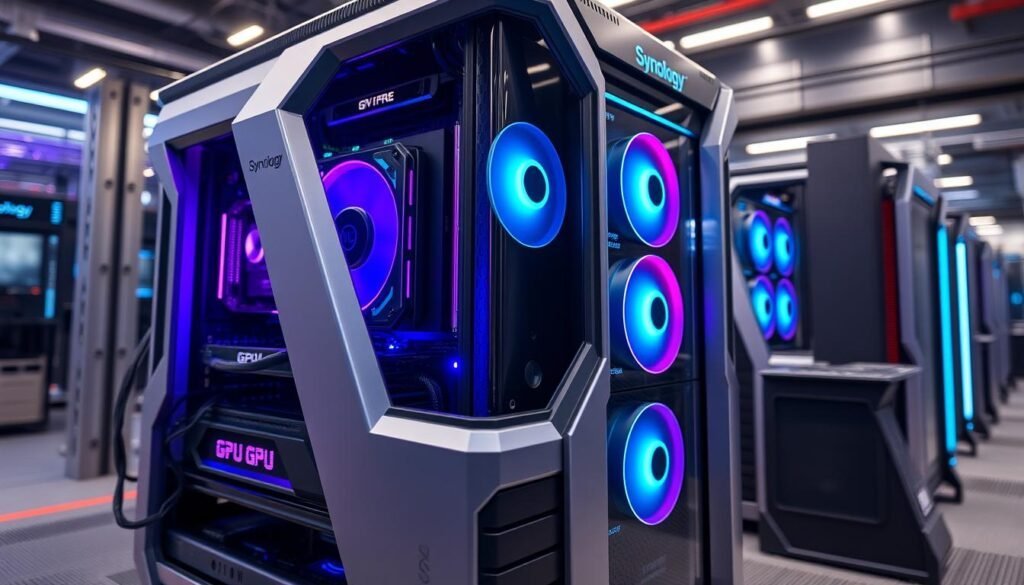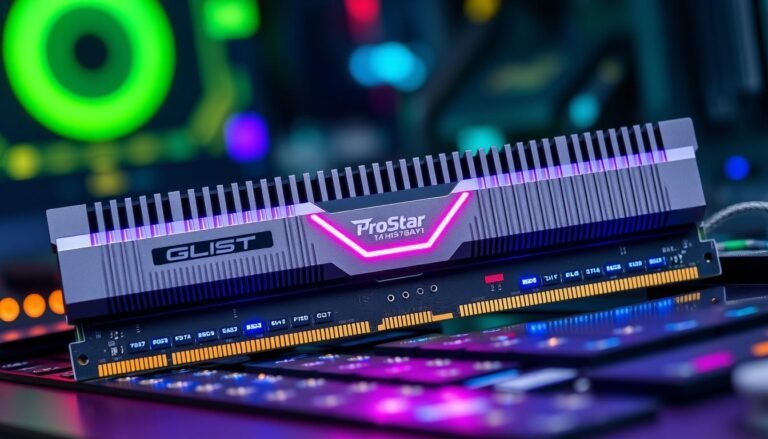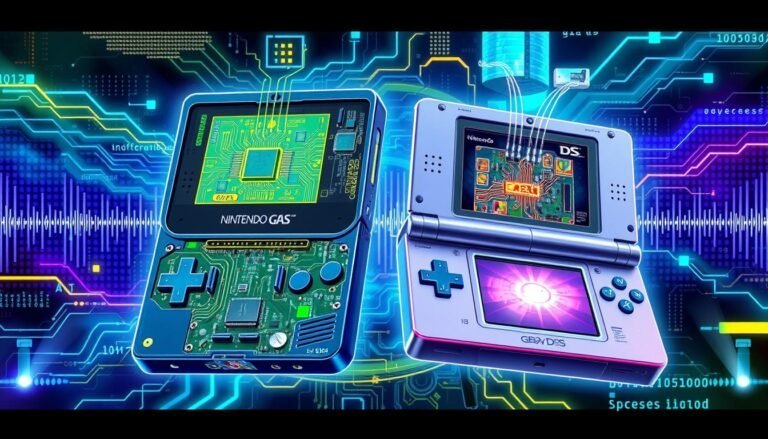
As a tech enthusiast, you might wonder why is Synology not using Intel GPUs. Synology is a leading NAS provider known for its innovative features and robust performance.
But many wonder why it doesn’t use Intel GPUs. This question is key to understanding Synology’s hardware strategy. It also shows how it affects the performance and features of its NAS systems.
Understanding Synology’s decision helps us see their commitment to optimizing NAS systems. They aim to balance efficiency and performance for their diverse customer base. In this article we’ll see how Synology’s choices shape its storage solutions and impact users.
Read Also: Can I Use My Apple Earbuds as Earplugs on Motorcycle: Pros and Cons Explained
Key Takeaways
Understanding Synology’s Hardware Architecture and GPU Integration
Synology’s NAS systems are known for their flexibility, dependability, and speed. To understand Synology’s hardware and the role of GPUs, we need to examine the key parts of these storage devices.
Basic Components of Synology NAS Systems
A strong processor, often an ARM or x86-based CPU, is at the heart of every Synology NAS. This CPU does most of the work, and memory modules and storage drive it back for a complete and expandable storage solution.
Role of GPUs in NAS Performance
Synology GPUs are not a standard feature across all their NAS models. But, when they are there, they make a big difference. GPUs are great at tasks like video transcoding and media processing. They help the CPU by handling challenging tasks.
Current Hardware Configuration Choices
Synology carefully selects its hardware, balancing cost, power use, and market needs. While some top models have GPU hardware, most rely on the CPU, which shows Synology’s skill in making software and systems work well together.
| Synology NAS Model | CPU | GPU | Storage Capacity |
|---|---|---|---|
| DS920+ | Intel Celeron J4125 | N/A | Up to 40TB |
| DS1821+ | Intel Xeon D-1527 | N/A | Up to 108TB |
| RS1221+ | Intel Xeon D-1527 | N/A | Up to 108TB |
The lack of Intel GPU integration in many Synology NAS models shows their focus. They aim to meet specific needs, not just any need. This careful planning keeps Synology’s NAS storage affordable and fitting for many users.
Why Is Synology Not Using Intel GPU: Technical Limitations and Challenges

Technical hurdles prevent Synology from using Intel GPUs in its NAS systems. However, Synology’s hardware compatibility and resource allocation play significant roles in their choices.
One big challenge is ensuring Synology Intel GPU compatibility across all NAS models. Each model is different, making it hard to add an Intel GPU. Synology must consider how it will affect the system’s performance and stability.
Also, Synology must consider the benefits of adding Intel GPUs. Features like video transcoding can speed things up, but they must consider the cost and complexity of adding this feature.
“Synology’s priority is to deliver a seamless and reliable NAS experience, and any hardware changes must be thoroughly evaluated to ensure they align with that goal.”
As Synology considers using Intel GPUs, it faces these technical challenges. It needs to balance what its users want with what its hardware can do. The choice to use Intel GPUs will depend on future advancements in Synology’s and Intel’s technology.
The Impact of GPU Support on Synology NAS Performance
GPU support in Synology NAS systems dramatically improves performance. This is especially true for video transcoding and resource management. As more people want high-quality media, Synology’s ability to handle video files is key.
Video Transcoding Capabilities
GPU support boosts Synology NAS’s video transcoding. A dedicated GPU handles challenging video tasks, freeing up the CPU, which means faster video processing and easier sharing across devices.
Resource Allocation Benefits
Adding GPU support to Synology NAS improves resource use. It lets the CPU focus on important tasks like file management, making the system more efficient overall.
Performance Benchmarks Analysis
Without Intel GPU, Synology NAS systems still perform well in benchmarks. But with GPU support, they can do even better. It shows how GPU support can enhance Synology GPU video processing, performance optimization, and data management solutions.
“The integration of GPU support in Synology NAS can significantly enhance video transcoding capabilities and overall system performance, ultimately delivering a more streamlined and efficient data management solution for users.”
Alternative Solutions for GPU Processing in Synology Systems

If your Synology NAS system doesn’t support Intel GPUs, there are other ways to boost GPU power. These options can make your NAS better for tasks like video transcoding and media streaming, which require a lot of resources.
GPU Passthrough with Virtualization
One terrific method is using Synology GPU through technology. It lets you give a dedicated GPU to a virtual machine (VM) on your NAS. This way, you can move GPU tasks to the VM, getting around the NAS’s hardware limits. With the proper setup, you can get top-notch GPU performance for your consumer electronics and media apps.
Third-Party GPU Expansion Options
If your Synology NAS can expand, you might add a dedicated network-attached storage device GPU card. You can do this with PCIe expansion modules or GPU enclosures that plug into your NAS. This lets you use a separate graphics processing unit.
Try these alternatives to make your Synology NAS much more powerful. It will be able to handle your most demanding multimedia tasks and improve your consumer electronics performance.
Future Prospects for Intel GPU Integration in Synology Products
The need for better performance and efficiency is on the rise, which makes Intel GPU integration in Synology products attractive. Synology, a top name in NAS solutions, is considering using Intel’s GPUs in its products.
Upcoming Technology Developments
New GPU tech is improving Synology NAS systems. Intel’s Iris Xe and Arc series are key. It boosts video transcoding, media processing, and AI tasks and could also make Synology’s Intel GPU support and GPU hardware even better.
Potential Hardware Updates
As Synology updates its products, Intel GPUs might play a significant role. They could update models or add ones with Intel’s latest tech. This would bring top-notch performance optimization to Synology’s Intel GPU support and Synology GPU hardware.
Market Demand Considerations
More people want high-performance NAS solutions, which could push Synology to use Intel GPUs. With Intel’s GPU power, Synology could stand out in the Intel GPU support and Synology GPU hardware market.
Intel GPU integration in Synology devices appears promising. Advances in GPU technology, upgrades, and market demand lead to a successful collaboration, which might result in more powerful and streamlined Synology products.
Conclusion
It’s complicated why Synology is not Using Intel GPUs in its NAS systems. The reasons include hardware options, market demands, and technological constraints. Tasks like video transcoding may be impacted by this choice, but Synology prioritizes other important areas.
The Synology NAS system has many strong features. It meets the needs of users looking for reliable data storage and management. Even without Intel GPU support, Synology aims to offer high-performance and energy-efficient systems.
As technology improves, Synology might add more powerful GPUs to its products. The world of Synology’s GPU support, Synology GPU acceleration, and data management solutions keep changing. Synology will continue to make choices based on market trends, customer needs, and new tech. This way, they can give users the best data management tools.
Muhammad Naeem is a professional blogger and SEO consultant with expertise in creating high-quality content and optimizing websites for search engines with a passion for driving organic growth. As a blogging enthusiasts, we’re passionate about sparking conversations, fostering connections, and inspiring change through diverse perspectives.






